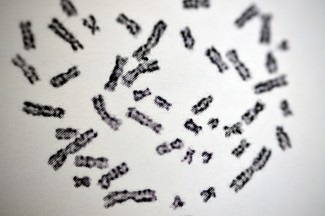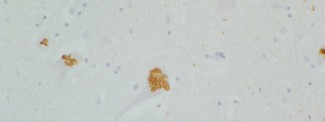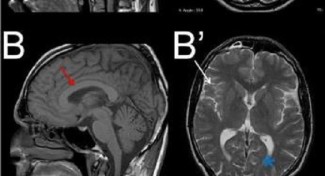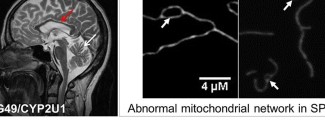Hereditary spastic paraplegia (HSP), also known as Strümpell-Lorrain disease, is a highly heterogeneous group of diseases. From a clinical perspective, it has variable symptoms and progressions, and multiple genes are known to be involved. The main symptom of the disease is stiffness (spasticity) and weakness of the lower limbs, leading to severe walking difficulties due to damage to the motor neurons.
In Europe, these diseases affect around 3 in every 100,000 people. Onset is usually in adulthood, but it can also appear in childhood. These diseases are said to be chronic, progressing at different rates depending on the patient, with some patients becoming totally unable to walk and others showing very few symptoms several years after diagnosis.
Biological mechanisms and causes of spastic paraplegia
These conditions are primarily hereditary, through several different modes of transmission (autosomal dominant, recessive or X-linked).
Multiple chromosomal regions are now known to carry mutations responsible for these diseases, and more than 70 genes have been identified.
The causes of spastic paraplegia are typically a degeneration of the corticospinal neurons that control voluntary motricity, i.e. the transmission of information from the brain to the muscles via the spinal cord, leading to the motor disorders observed in patients.
Cerebellar ataxia, which is sometimes observed, is a sign of degeneration of the neurons in the cerebellum.
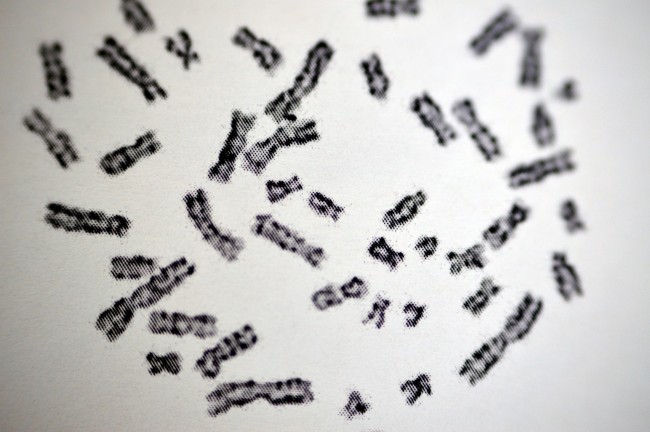
Spastic paraplegia symptoms and diagnosis
In the ‘pure’ forms of the disease, which are the most common forms, symptoms include stiffness, spasticity and weakness of the lower limbs, leading to severe walking difficulties. In more complex forms, balance disorders, eye damage, deafness and intellectual impairment may also occur, as well as spasticity.
Spastic paraplegia is diagnosed on the basis of a clinical examination, a study of the family history and a genetic analysis to find a causative mutation.

Treatments for Spastic paraplegia
There is currently no cure for these conditions, but treating symptoms such as spasticity can bring relief to sufferers. Physiotherapy, occupational therapy, balneotherapy and treatments based on muscle relaxants or botulinum toxin can help improve motor skills.
Support Paris Brain Institute
Did you like this content and did it answer the questions you were asking? Don't hesitate to support Paris Brain Institute.

